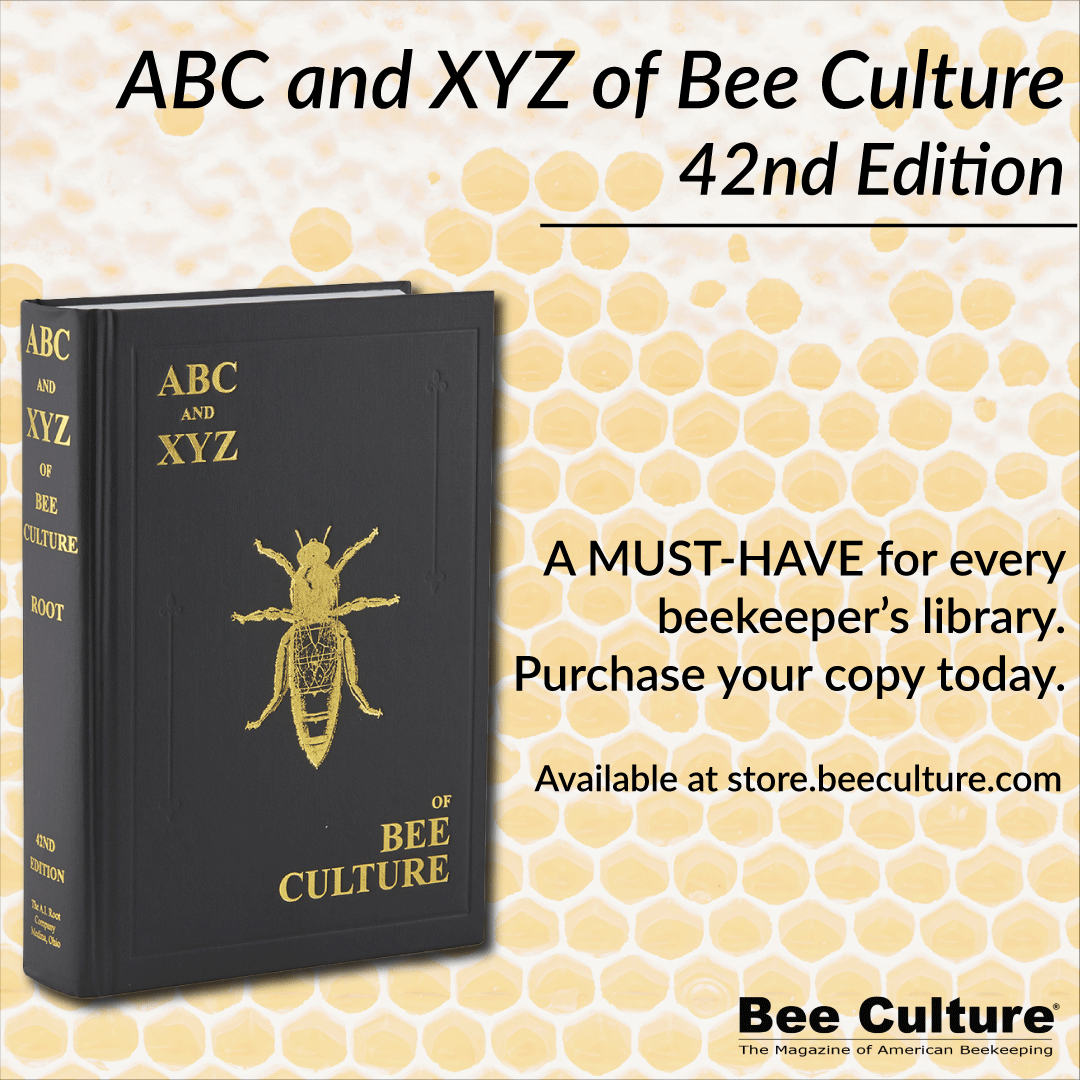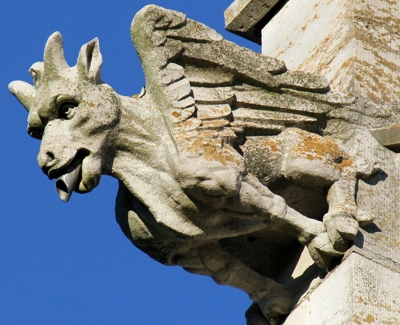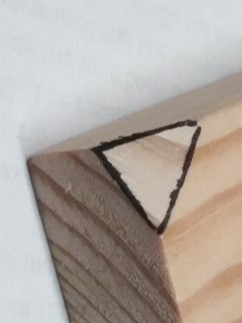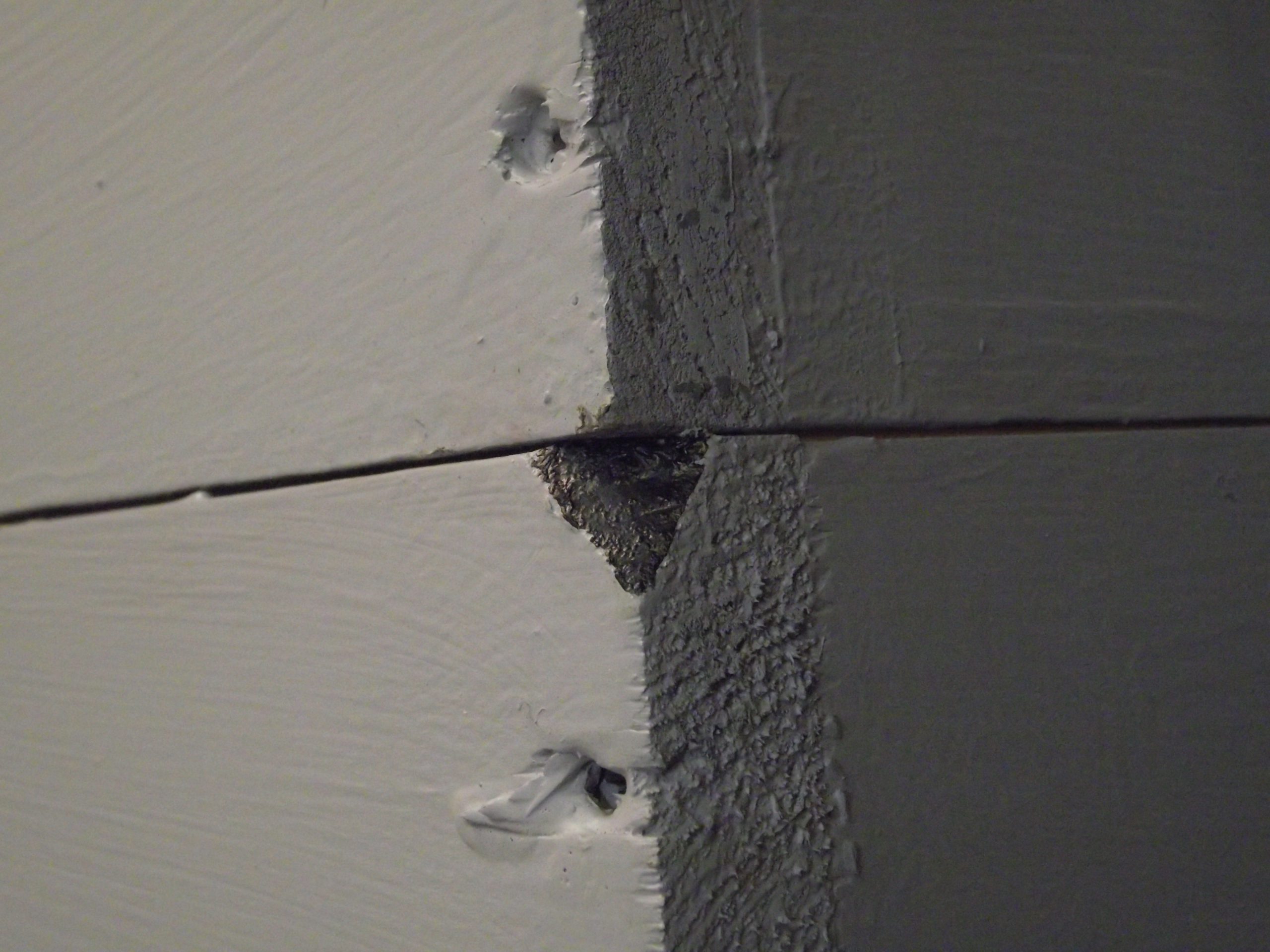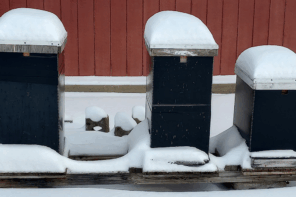Ed Simon
Years ago, when I started building my own woodenware, I made a very unscientific survey. The question I asked was “What is the most common problem when working with colonies of bees?”
A few of the most common answers were:
- Unable to find the queen
- Propolis sticking to everything
- Hive bodies rotting out – usually at the corners
- Stings hurt
I was unable to do anything about problems one, two and four but I thought I might be able to help with the hive body rotting problem. At least it was related to woodenware. After watching a couple of the more experienced beekeepers examine a hive, it became apparent that problem number two – propolis -was also related to problem number three – wood rot. Being unable to get the hive bodies separated, a hive tool was usually inserted at a corner and forced between the hive bodies. Sometimes this worked but many times it required more force and the wood on the corner was torn or chipped. Since the hive bodies were usually reassembled in the same order the propolis built up and it required additional effort each time the hive was opened. Then I realized that the combination of damaging the corner wood with a hive tool and the subsequent rainwater remaining in the corner accelerated the rotting of the wood.
The solution was an established architectural invention called a gargoyle. The Wikipedia definition of an architectural gargoyle is:
A gargoyle is a carved stone grotesque, usually made of granite, with a spout designed to convey water from a roof and away from the side of buildings thereby preventing rainwater from running down masonry walls and eroding the mortar between.
Therefore, let me introduce the Hive Body Gargoyle. It is a very simplified version of a gargoyle and is guaranteed to be free (just a little labor). Additionally, it will not scare young children when they see it.
It is the triangular shaped notch that is removed from the top corners of a hive body. It is very simply made with a belt sander. Four corners can be formed in less than five seconds when you are building or reconditioning a hive body. This little notch provides two very important functions:
You can now get an initial purchase for your hive tool without chewing up the corner and when water runs down the corner of a hive it is less likely to remain in the corner because of the slope and the width of the cut.
For a trial run, add the notches to a couple of your hive bodies and see if they make your life – well at least the hive inspection part – easier.
Ed’s second book Build Beekeeping Equipment is now available at www.lulu.com. Take the “Bookstore” option and search for “beekeeping”. The book will appear in the list. Ed can be contacted through SimonEdwin41@gmail.com.


